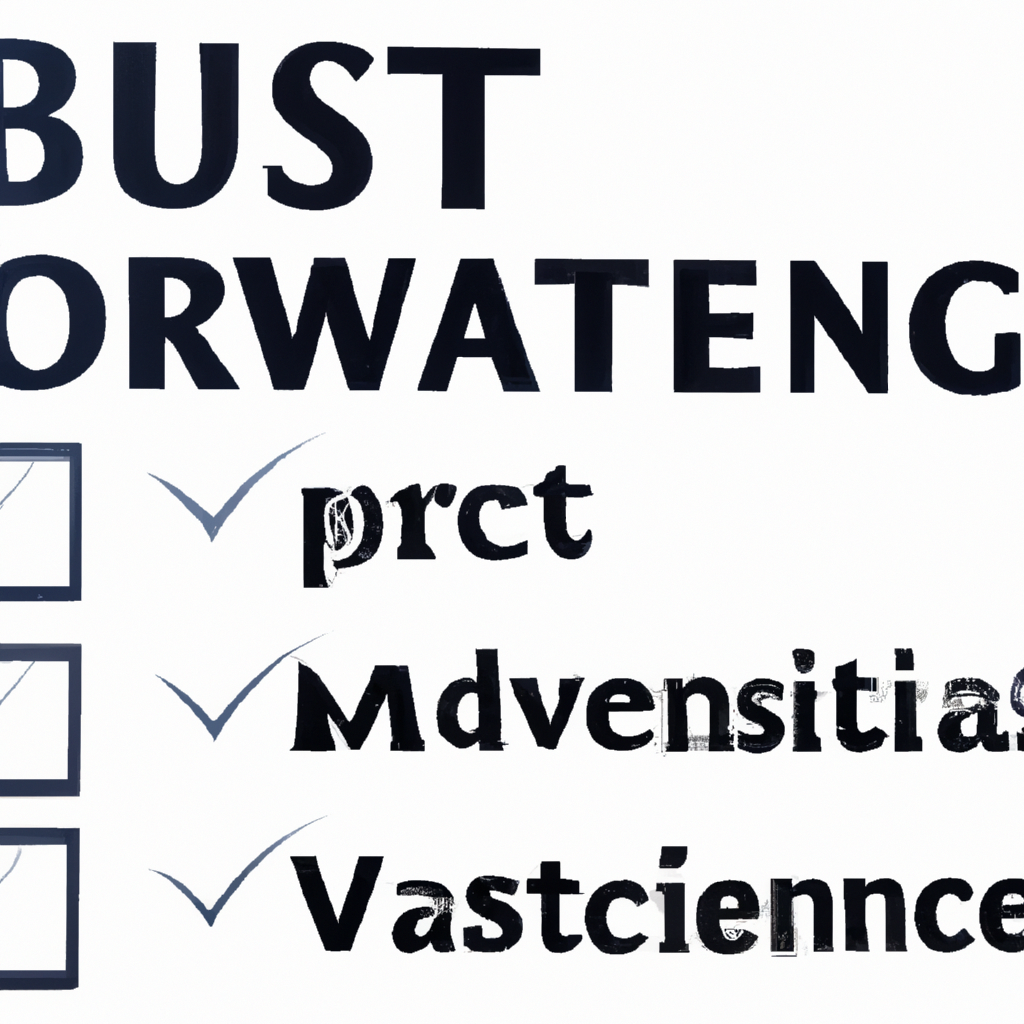Best Practices for Managing Investment Portfolios
1. Set Clear Investment Goals
Before you start managing your investment portfolio, it is important to define your investment goals. Whether you are looking to save for retirement, purchase a home, or fund your child’s education, having clear goals will help you make informed decisions about where to allocate your investments.
2. Diversify Your Portfolio
Diversification is key to managing risk in your investment portfolio. By spreading your investments across different asset classes, industries, and geographic regions, you can reduce the impact of any one investment performing poorly. Consider investing in a mix of stocks, bonds, real estate, and other assets to achieve a well-rounded portfolio.
3. Monitor and Rebalance Regularly
It is important to regularly review your investment portfolio to ensure it aligns with your goals and risk tolerance. Rebalancing involves selling investments that have performed well and buying more of those that have underperformed to maintain your desired asset allocation. Consider rebalancing your portfolio at least once a year or whenever there are significant market changes.
4. Stay Informed and Educated
Keep yourself informed about the latest market trends, economic indicators, and investment opportunities. Stay educated by reading financial news, attending seminars, and consulting with a financial advisor. By staying informed, you can make better decisions about when to buy, sell, or hold investments in your portfolio.
5. Consider Tax Efficiency
When managing your investment portfolio, it is important to consider the tax implications of your investment decisions. Look for tax-efficient investment options, such as index funds or exchange-traded funds (ETFs), and consider utilizing tax-advantaged accounts like IRAs or 401(k)s to maximize your returns.
6. Have a Long-Term Perspective
While it can be tempting to try to time the market or chase short-term gains, successful investors often have a long-term perspective. By staying disciplined and sticking to your investment plan, you can weather market fluctuations and achieve your long-term financial goals.
In conclusion, managing an investment portfolio requires careful planning, diversification, monitoring, and staying informed. By following these best practices, you can build a well-balanced portfolio that aligns with your financial goals and risk tolerance. Remember to regularly review and adjust your investments as needed to ensure your portfolio remains on track.










